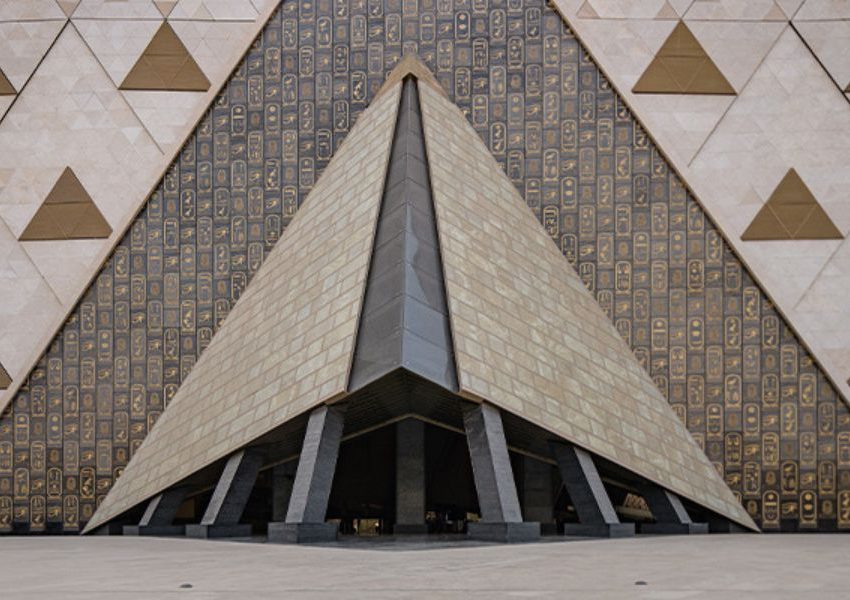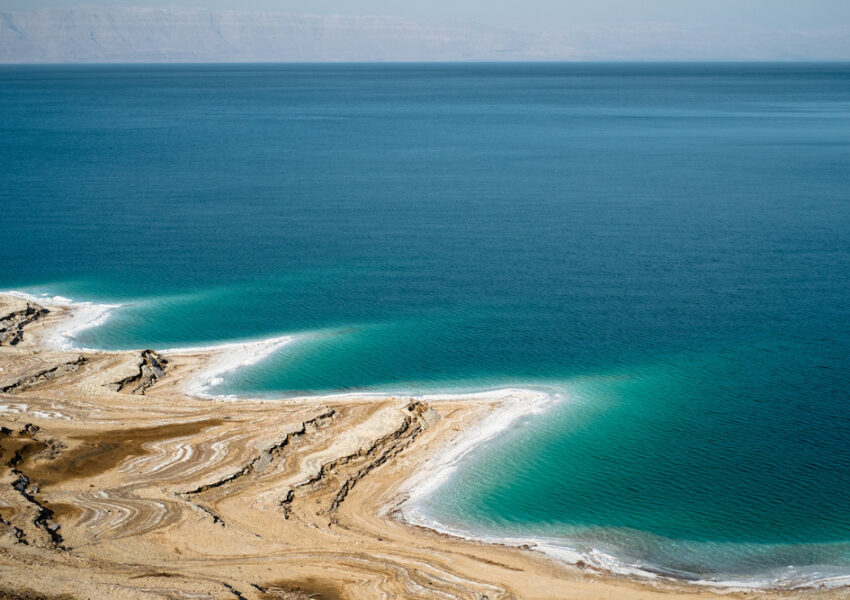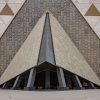Introduction – When Pictures Began to Speak The first time I ducked into a rock-cut tomb at Saqqara,…
Faris is the passionate founder of Travel2Egypt, deeply connected to Aswan's essence. He aims to share the true heart of Egypt through its rich history, vibrant culture, and the warmth of its people. Join Faris to experience the magic of Aswan beyond the usual tourist paths.
4o mini














